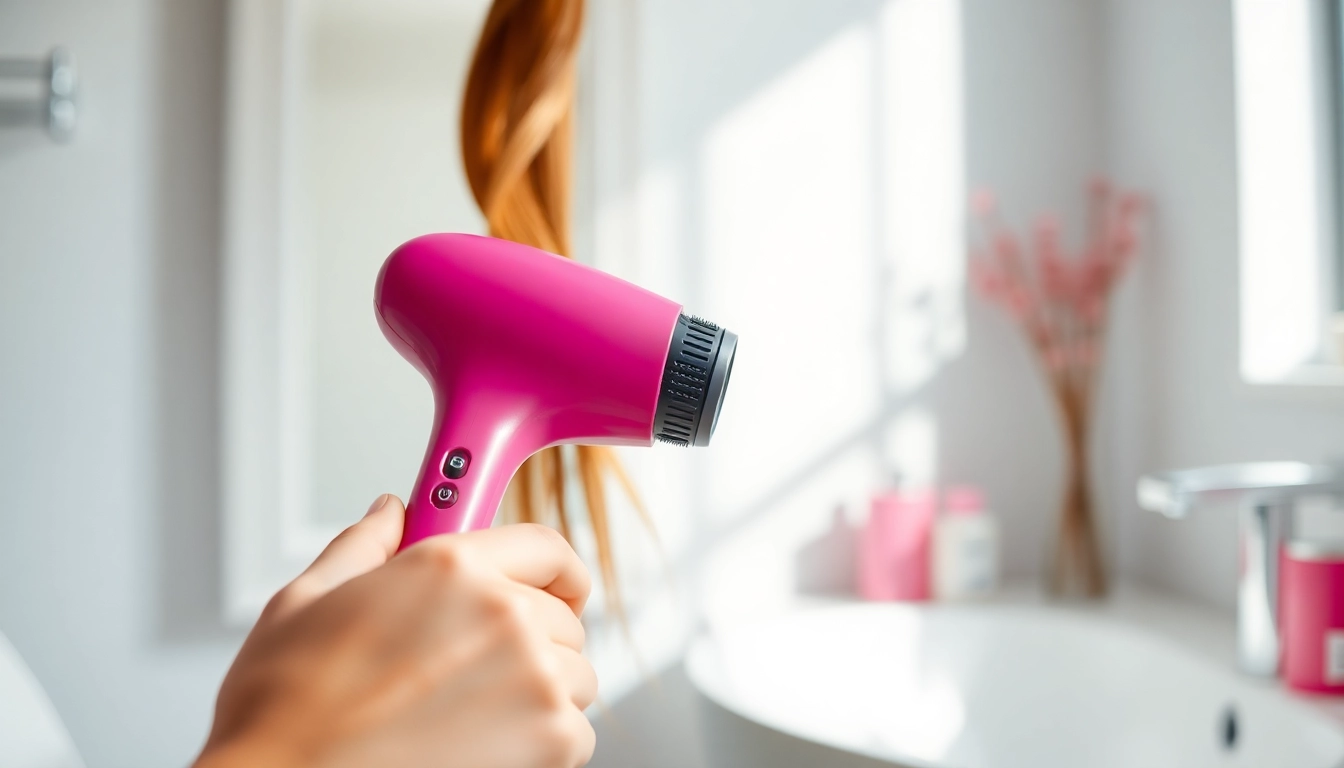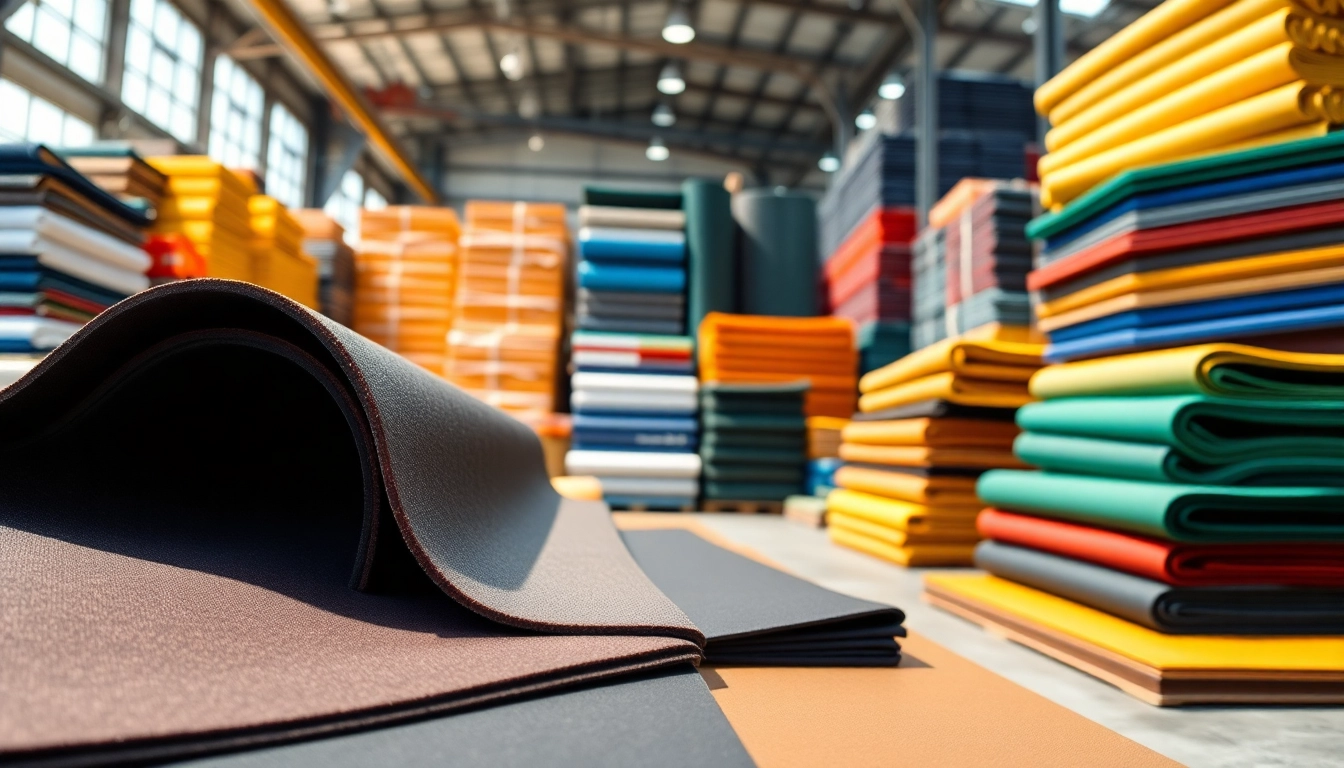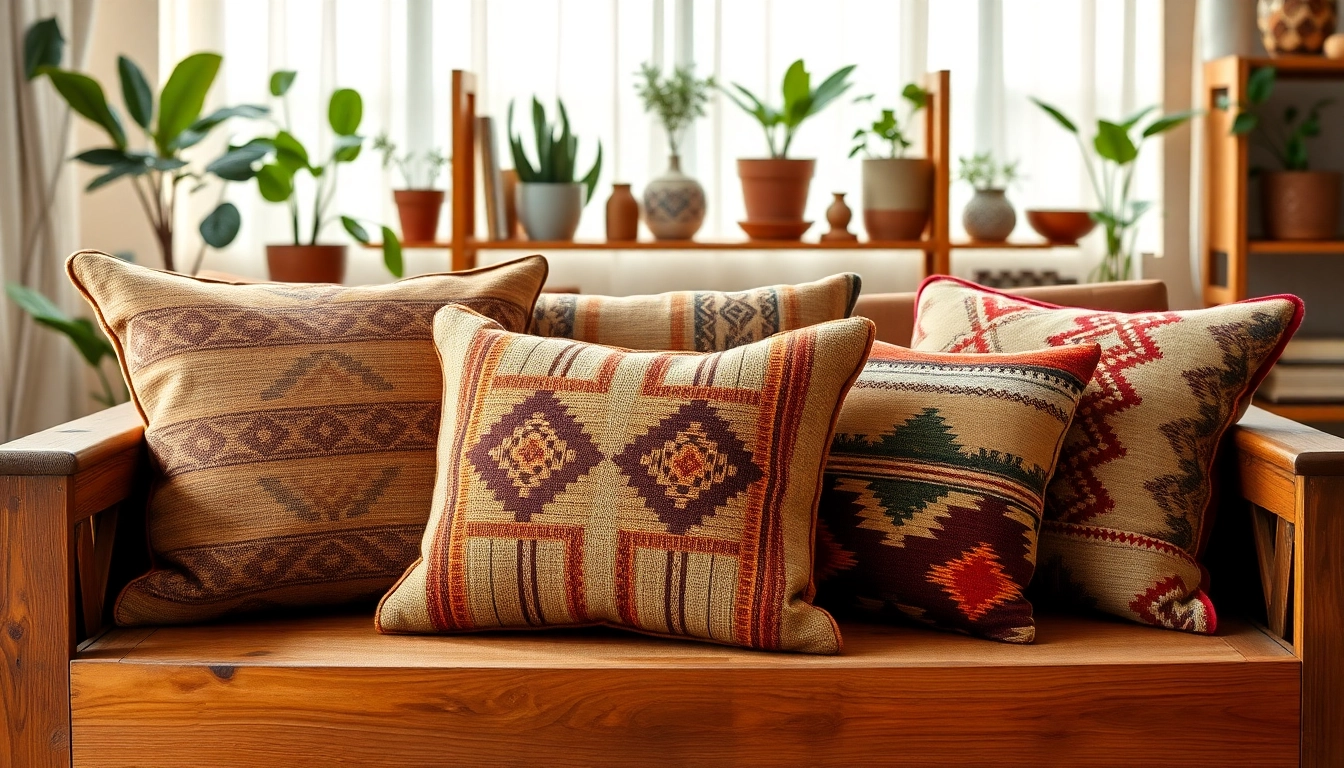Understanding Furniture Hardware Manufacturers
The world of furniture hardware manufacturers is vast and diverse, encompassing a variety of components that play a crucial role in the creation and functionality of furniture. From hinges and drawer slides to knobs and pulls, these elements might seem insignificant, yet they are fundamental to the usability and aesthetic appeal of any furniture piece. As consumers become more discerning, the demand for quality hardware products has surged, making it imperative to understand who these manufacturers are and what makes their offerings essential. According to recent data, there is a significant market for furniture hardware manufacturers, with several key players leading the way in innovation and quality.
What They Do and Why They Matter
Furniture hardware manufacturers produce components that are essential for the assembly, functionality, and aesthetics of furniture. These components can include items such as drawer slides, cabinet hinges, knobs, pulls, and decorative accents. The importance of these hardware pieces cannot be overstated; they enhance the user experience and ensure that furniture operates smoothly and interacts appealingly with its surroundings.
Manufacturers focus on several key aspects:
- Durability: Hardware must withstand daily use and physical forces indicated by various weights and usage patterns.
- Aesthetics: As furniture design trends shift, manufacturers often keep pace by offering finishes and styles that align with current tastes.
- Ease of Use: Designing products that enhance user functionality is paramount.
- Environmental Impact: Many manufacturers are now focusing on sustainable practices and materials to reduce their ecological footprint.
Different Types of Furniture Hardware
Furniture hardware encompasses a wide variety of components, each serving a distinct purpose. Below are several main categories:
1. Hinges
Hinges are pivotal in cabinet doors and other items, allowing them to pivot open and closed smoothly. They come in various styles, including concealed, butt, and piano hinges. The right hinge can enhance the operation and longevity of furniture.
2. Drawer Slides
Drawer slides facilitate smooth opening and closing mechanisms. Available in several types—side mounts, under mounts, and center mounts—each type offers varying levels of functionality, such as soft-close features or full-extension options.
3. Knobs and Pulls
Both knobs and pulls are decorative yet functional aspects that influence the overall appearance of furniture. They come in numerous styles, materials, and finishes to suit varying designs, from modern to classic.
4. Furniture Legs
Legs are often overlooked but serve both structural and aesthetic purposes. They support the furniture while contributing to its visual design, with options ranging from decorative wooden styles to sturdy metal designs.
Industry Trends and Innovations
The furniture hardware industry is continually evolving, thanks to technological advancements and changing consumer preferences. Below are a few notable trends:
Smart Hardware
The rise of smart technology has influenced hardware manufacturing, with innovations such as smart locks and automated drawer slides gaining popularity in high-tech homes.
Customization
Customization is becoming a priority as consumers seek unique solutions tailored specifically to their preferences. Manufacturers are now offering bespoke options for finishes and designs.
Sustainability
Environmental concerns have prompted manufacturers to transition to sustainable materials and practices, making eco-friendly products more accessible to the mainstream market.
Key Players in the Furniture Hardware Industry
While there are numerous manufacturers in the furniture hardware space, a few stand out due to their reputation for quality and innovation. Below are profiles of some of the top furniture hardware manufacturers.
Profile of Top Furniture Hardware Manufacturers
Understanding the key players can help customers make informed decisions when sourcing hardware for their furniture projects.
Top Knobs
Top Knobs offers an extensive line of premium quality cabinet, drawer, and bath knobs and pulls. Each product is designed to suit various tastes and preferences, making it a top choice for design professionals.
Rockler
Rockler is known for its large selection of hardware for furniture and cabinets, including drawer slides and project hardware. Their focus on both quality and customer service has earned them a loyal clientele.
Furnica
This manufacturer specializes in a broad range of furniture accessories such as hinges and drawer slides. Furnica’s products are often lauded for their practicality and innovative design features.
Comparing Products: Quality and Value
When choosing hardware for furniture projects, comparing product quality and value is crucial. Key considerations include material types, durability, warranties, and customer care support.
Reputable manufacturers tend to offer better quality products, and many provide warranties, ensuring a commitment to customer satisfaction. Reviews and third-party evaluations can be currently accessed to inform purchasing decisions.
Customer Reviews and Testimonials
Customer feedback plays a significant role in evaluating manufacturers. Seeking out testimonials or reviews can provide insights into product performance and company reliability. Platforms such as Yelp and personal blogs often contain detailed experiences and usage notes that are invaluable to prospective buyers.
How to Choose the Right Furniture Hardware
Selecting the right hardware for a project can be daunting given the plethora of products and manufacturers. By focusing on specific criteria, the process can be made simpler.
Identifying Your Project Needs
Assess your project to determine the hardware you need by considering functionality, design, and where each component will fit into your overall scheme. Consider aspects such as weight capacity, frequency of use, and compatibility with existing designs.
Quality versus Cost Considerations
While budget constraints are vital, balancing cost with quality is essential. Lower-priced items may save money in the short term, but poor quality may lead to premature failures and additional future costs.
Design Compatibility and Aesthetics
The design and aesthetics of hardware components should complement the furniture’s overall style. Ensure that the color, style, and finish align with the desired outcome of your project.
Purchasing and Sourcing Strategies
Understanding the best methods for purchasing and sourcing furniture hardware can lead to better projects and cost-efficiency.
Online versus In-Store: Pros and Cons
Buying online offers convenience and often a broader selection. However, visiting physical stores can allow you to evaluate the texture and material quality firsthand. Determine which method better suits your project needs and personal preferences.
Wholesalers and Retailers: Who to Trust
Choosing reliable wholesalers and retailers saves time and ensures quality. Researching company reputation and customer service history can guide you toward trustworthy suppliers.
Leveraging Trade Shows and Industry Events
Trade shows are excellent venues to discover new products, meet industry leaders, and network with other professionals. Attending these events can provide essential insights into emerging trends and innovative products.
Future of Furniture Hardware Manufacturing
As technology and consumer desires evolve, the furniture hardware manufacturing landscape will continue to change significantly.
Technological Advances and Sustainability
The future will likely see an increased focus on smart hardware and automation. Additionally, sustainability will play a key role as manufacturers adopt practices that minimize the environmental impact of their production processes.
Consumer Preferences Shaping the Market
Consumers are becoming more involved in the design process, leading to a demand for customizable solutions. Manufacturers will need to adapt to these preferences to remain relevant in the marketplace.
Predictions for the Next Decade in Hardware Design
The expectations for the next ten years include a significant rise in integrated technologies, more eco-friendly materials, and a focus on providing versatile hardware solutions that accommodate evolving consumer preferences.



